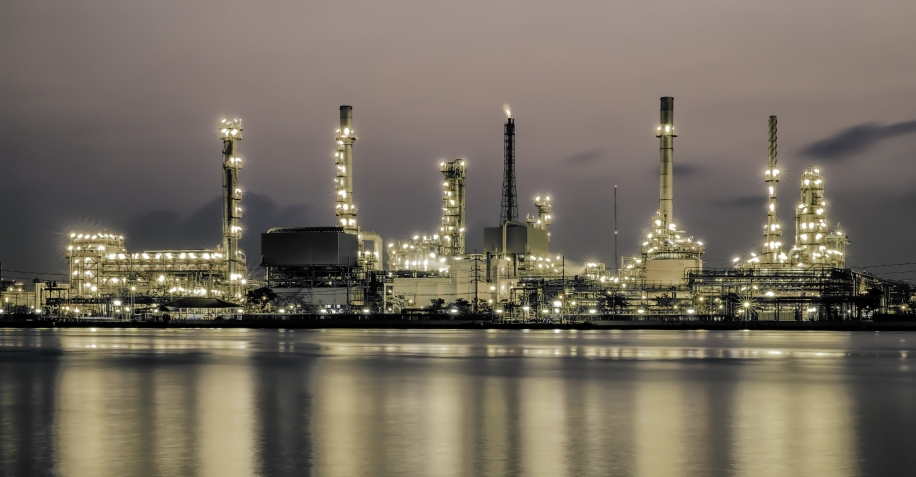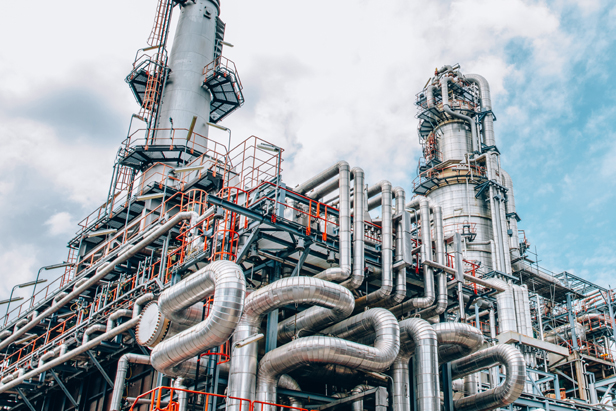The industry’s advances in oil and gas technology is a direct result of the hard times that came with falling oil prices. Times being tougher meant firms had to look at ways to increase their operational efficiency. Companies can use robots and automation to cut down on the waste that comes with downtime on a rig. Downtime is an inevitable reality robotics and other oil and gas technology can ease this problem considerably. There was also a realization that many of the most dangerous jobs in the industry could be filled by robots so workers were not put at risk of injury.

Some of the ways robotics and automation are used in oil and gas include:

Some of the ways robotics and automation are used in oil and gas include:
- Robotic vehicles are being used offshore to inspect and make minor subsea repairs
- Drones are being used to inspect pipelines
- Automation is being used in midstream infrastructure and rigs
- The Iron Roughneck is a robot that automates the repetitive and dangerous task of connecting drill pipes.
- Remotely operated aerial drones can survey the area
- Whole unmanned platforms that use only robotics and automation


